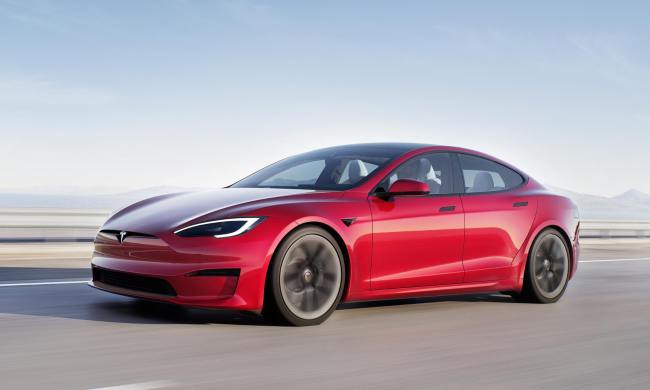
The last time Anthony Levandowski was making headlines, it was for stealing proprietary files from Waymo in order to start a new self-driving startup called Otto, which was ultimately acquired by Uber to the tune of $680 million. The highly controversial executive was at the center of a long-standing dispute between the Google-owned autonomous car company and the San Francisco-based tech giant, and now, he’s back to making headlines in a different way. Levandowski has begun yet another self-driving car company called Kache.ai. As it stands, the firm remains in stealth mode, so we don’t know all too much about these new efforts — yet.
Derived from the Chinese word for “truck,” Kache.ai is incorporated in St. Helena, California. It would appear, therefore, that the company will focus on building self-driving trucks, something that Otto did as well. Back in 2016, the company conducted a demo of a self-driving semi-truck, and Levandowski was placed at the head of Uber’s self-driving car program. But after Waymo brought a lawsuit against Otto and its parent company, Uber, Levandowski was ultimately fired, and Uber’s CEO Dara Khosrowshahi conceded, “We agree that Uber’s acquisition of Otto could and should have been handled differently.”
This all seems to be water under bridge for Levandowski now, as he seems to be taking his considerable experience elsewhere yet again. Kache’s website now states that its mission is “to develop the next generation of autonomous vehicle technology for the commercial trucking industry.”
Kache does appear to be beginning its recruitment attempts, as its About page now reads, “We are located in the San Francisco area and are currently hiring software and hardware engineers.” Employment opportunities are already available, with interested parties directed to contact a Kache email address linked to a Tom Lee.
“Kache.AI is a startup corporation in the field of autonomous vehicle technology. We’re developing the solution for the next level of on-the-road self-driving trucks,” the website notes in its Employment Opportunities section. “Our development philosophy is based on a fast moving, very aggressive agile team approach and we’re seeking both software and hardware engineers that thrive in such an environment. With a small management footprint the teams are primarily self-directing and self-organizing in order to accomplish their high-level goals.”
Potential employees are promised the opportunity to “get in on the ground floor of a company that strives to become one of the pre-eminent autonomous vehicle solutions providers, and can expect to share in the financial benefits of Kache.AI as we grow.”


